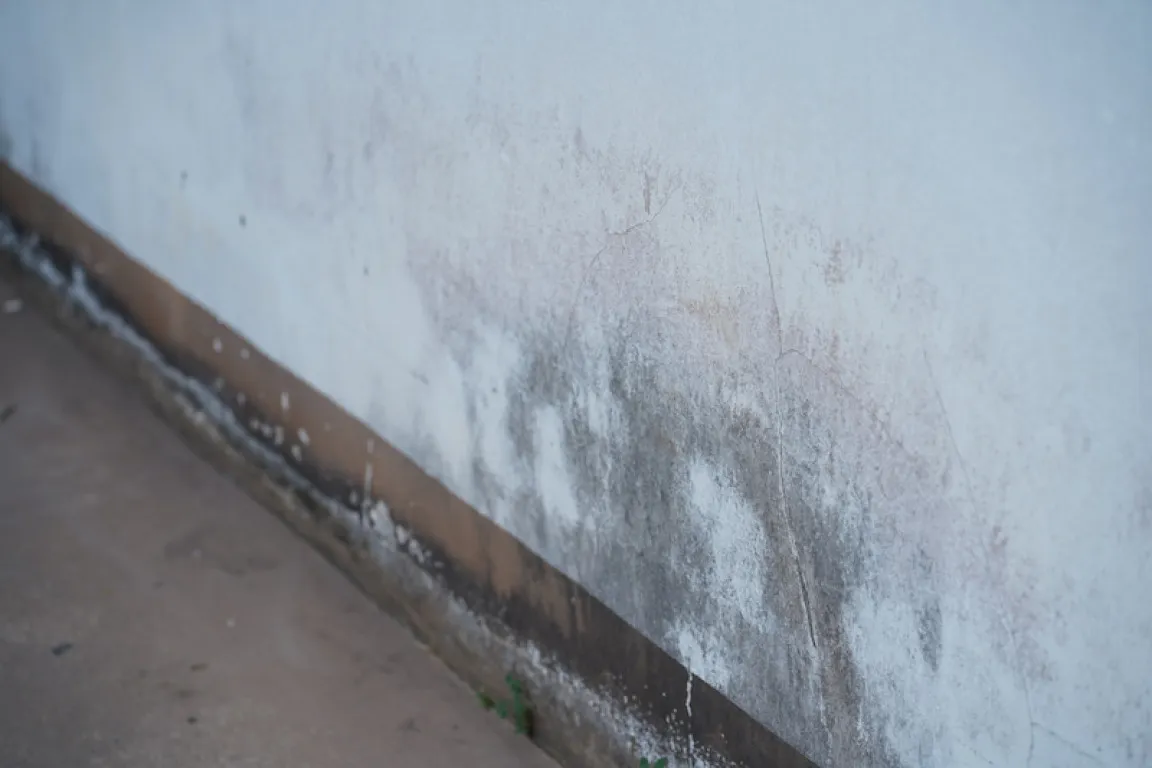Damp walls are a common problem in many residences, especially in buildings that haven't been renovated in a while. If left untreated, damp walls can cause serious damage, including compromising the structure of the building, ruining the paint, fostering mold growth, and deteriorating air quality.
Repairing damp walls on your own can be a cost-effective solution, especially if the issue is not too severe. Before calling a professional, try the following steps to address the issue and understand the causes of damp walls.
How to Treat Damp Walls
Treating and fixing damp walls can be done through a series of steps, from identifying the source of the moisture to checking the plumbing system. Here is a detailed guide on how to tackle this issue:
1. Identify the Source of the Dampness
You can start by inspecting the damp wall to determine the cause, such as damaged bricks, leaking pipes, or cracks. For instance, small cracks can be sealed with wall plaster or a waterproof sealant once the surface is dry.
However, if the bricks are damaged, you may need to replace or repair them with a cement mixture. So, be sure to clean the wall first from dust, dirt, or peeling paint before making any repairs. You can use a wire brush or a paintbrush to clean the surface thoroughly.
2. Apply a Waterproof Coating
Once the wall is dry and clean, you can apply a waterproof paint or a special waterproofing solution designed to prevent dampness. When doing this, you need to ensure that the first coat is completely dry before adding a second layer to prevent moisture from penetrating the wall and causing further damage.
3. Install a Water Barrier
Another way to treat damp walls is by installing a water barrier, such as a membrane. Waterproof membranes are typically made from water-resistant materials and are applied to the surface of the wall to block water from entering.
This method is ideal for areas that are frequently exposed to rain or have high humidity. By following these steps, you can effectively treat damp walls, prevent further damage, and maintain the integrity of your home.
Read also: The Right Ratio of Cement and Sand for a Sturdy Building
4. Check the Drainage System
The next step in treating damp walls is to inspect the drainage system. You should look for any cracks or leaks along the pipes. To help the process run smoother, you can use tools like a wire to clean the drains and chemical pipe cleaners to remove blockages.
If you find any leaks or damage in your home’s pipes, you need to immediately fix the issue by replacing the damaged sections or sealing them with a special pipe sealant.
5. Inspect the Plumbing System
If the dampness is coming from pipes inside the walls, it’s important to check and repair any broken or leaking pipes.
Repairs can be done by replacing the damaged pipes or sealing them with a specialized pipe sealant. But, you need to first ensure all pipe connections are tight and secure so that there are no gaps for water to leak.
Causes of Damp Walls
Damp walls are common issues that many homeowners face. They can occur for various reasons, such as:
1. Leaky Roof
One of the most common causes of damp walls is a leaky roof, especially during the rainy season. If the roof is damaged, e.g. having cracked tiles or worn-out sealant, rainwater can easily seep into the structure of the house.
The water that enters will flow through gaps and cracks, eventually reaching the walls, and leading to moisture buildup. This moisture can cause water stains, mold growth, and damage to the paint layer on the walls.
2. Cracked Walls
Cracks in the walls can create pathways for rainwater to enter, often caused by temperature fluctuations, soil settlement, or construction failures. If small cracks are left neglected, they can expand over time and allow water to seep which will soon become a dampness.
3. Poor Drainage
If there are no leaks in the roof or cracks in the walls, you may need to check the drainage system around your home. Poor drainage can cause water to pool around the foundation, seep into the ground, and eventually reach the walls which causes dampness.
4. Leaking Water Pipes
Leaking or clogged water pipes can also lead to dampness on walls, which can eventually cause water seepage. Water leaking from broken pipes can infiltrate the walls thus resulting in moisture buildup and damp spots on the wall.
Read also: How to Create an Aesthetic Industrial Wall & Design Ideas
5. Non-Waterproof Construction Materials
Another cause of damp walls is the use of building materials that are not water-resistant. For example, you need to avoid bricks that easily absorb water or plaster that is not water-resistant, as it can worsen the water seepage. Additionally, you need to also choose high-quality paint to protect the wall surfaces from moisture.
That was the complete explanation of how to treat damp walls as well as what possibly caused that dampness. If you notice dampness in your walls, it is important to take action immediately because prolonged dampness can lead to wet walls, mold growth, and damage to both the paint and the building's structure.
One common cause of damp walls is the use of substandard materials. To address this issue, Semen Merah Putih is the perfect solution. This cement is well-known for its excellent compressive strength and water resistance. Thus, it is an effective choice for preventing dampness.
Moreover, Semen Merah Putih Watershield is an ideal option for various construction applications, both structural and non-structural, including foundations, concrete decks, and plastering. This product is equipped with Water Repellent technology, offering double protection against water seepage from three main sources: external, internal, and from the ground.
This technology provides Triple Protection, making your building stronger, more durable, and low-maintenance. Semen Merah Putih Watershield also helps prevent moisture damage, ensuring the longevity and comfort of your home.
For more information, contact us to discover the best solution for building your dream home!



